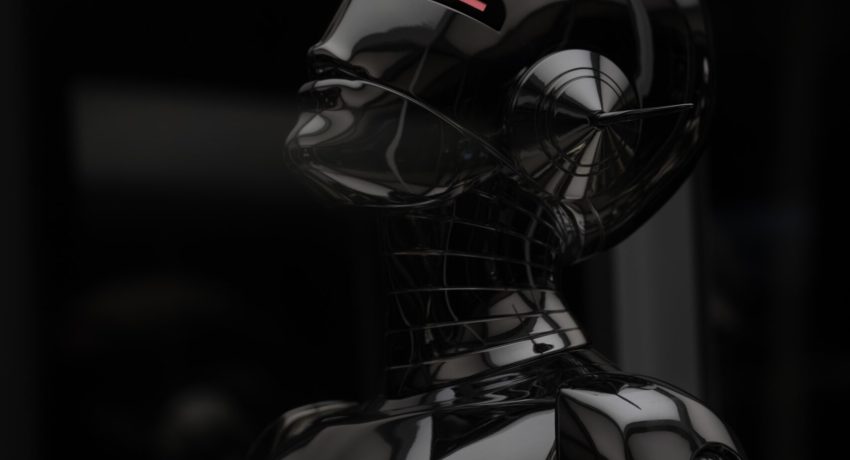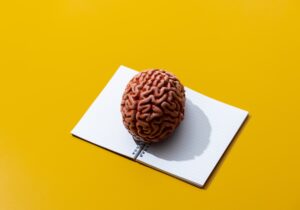Introduction:
Artificial Intelligence (AI) has come a long way in recent years, revolutionizing the way we live, work, and communicate. However, it’s important to acknowledge the boundaries that still exist within this technology. In this article, we will delve into some of these limitations and explore how researchers and developers are constantly striving to push the boundaries of AI even further.
The Limitations of AI:
1. Lack of Common Sense:
Despite impressive advancements in machine learning, AI still struggles to understand common sense reasoning. The ability to grasp basic human knowledge and make logical inferences is something that humans take for granted, but machines often struggle with. For instance, an AI might struggle to understand that a picture of a dog in a bathtub is unusual, even though it is a common sense understanding for humans.
2. Contextual Understanding:
AI algorithms excel at pattern recognition but often lack contextual understanding. For example, an AI language model may generate a factual response to a statement without considering the emotional implications or the overall context. This limitation can result in AI responses that seem detached from the human experience.
3. Limited Creativity:
Creativity is one of the most uniquely human traits, and teaching AI to think creatively remains a challenge. While AI systems have been developed to generate music, art, and even write stories, they still struggle to produce works of the same caliber as humans. AI-generated content often lacks the emotional depth and originality that human creativity possesses.
4. Ethical Decision Making:
AI lacks the ability to make ethical judgments. Machines can only make decisions based on the data and algorithms they are trained on, without the capability to consider the moral implications. This limitation raises concerns in areas where ethical decision-making is crucial, such as self-driving cars deciding who to protect in an unavoidable accident.
Pushing Beyond the Boundaries:
1. Transfer Learning:
Researchers are actively working on developing AI systems with transfer learning capabilities. Transfer learning allows AI to apply previously learned knowledge to new domains or problems, potentially reducing the need for extensive retraining. By giving AI the ability to transfer knowledge, it becomes more adaptable and able to handle unfamiliar situations.
2. Explainable AI:
Explainable AI (XAI) aims to shed light on the decision-making processes of AI systems. XAI techniques aim to make AI systems transparent, allowing us to understand how they arrive at their conclusions. This helps build trust and allows humans to identify and correct biases or errors, thus enhancing the reliability and acceptance of AI systems.
3. Generative Adversarial Networks (GANs):
GANs are becoming an increasingly popular technique for enhancing AI creativity. GANs consist of two neural networks: a generator and a discriminator. This system allows AI to generate new content, such as images or music, by learning from existing examples. Through the adversarial process, GANs can continually improve the quality and originality of the generated content.
4. Ethical AI Development:
The development of ethical AI algorithms is a significant focus for researchers. Efforts are being made to ensure that AI systems are trained on unbiased and diverse datasets, minimizing the risk of perpetuating discrimination or prejudice. Additionally, frameworks are being developed to incorporate ethical considerations into AI decision-making processes, enabling more responsible AI applications.
Conclusion:
While AI undoubtedly has its limitations, researchers and developers are steadfast in their quest to push beyond these boundaries. Through techniques such as transfer learning, explainable AI, GANs, and ethical development practices, the limitations of AI are gradually being unraveled. The possibilities of AI continue to expand, and with continued innovation, we can expect AI to surpass its current limitations and play an even more remarkable role in our future.

















